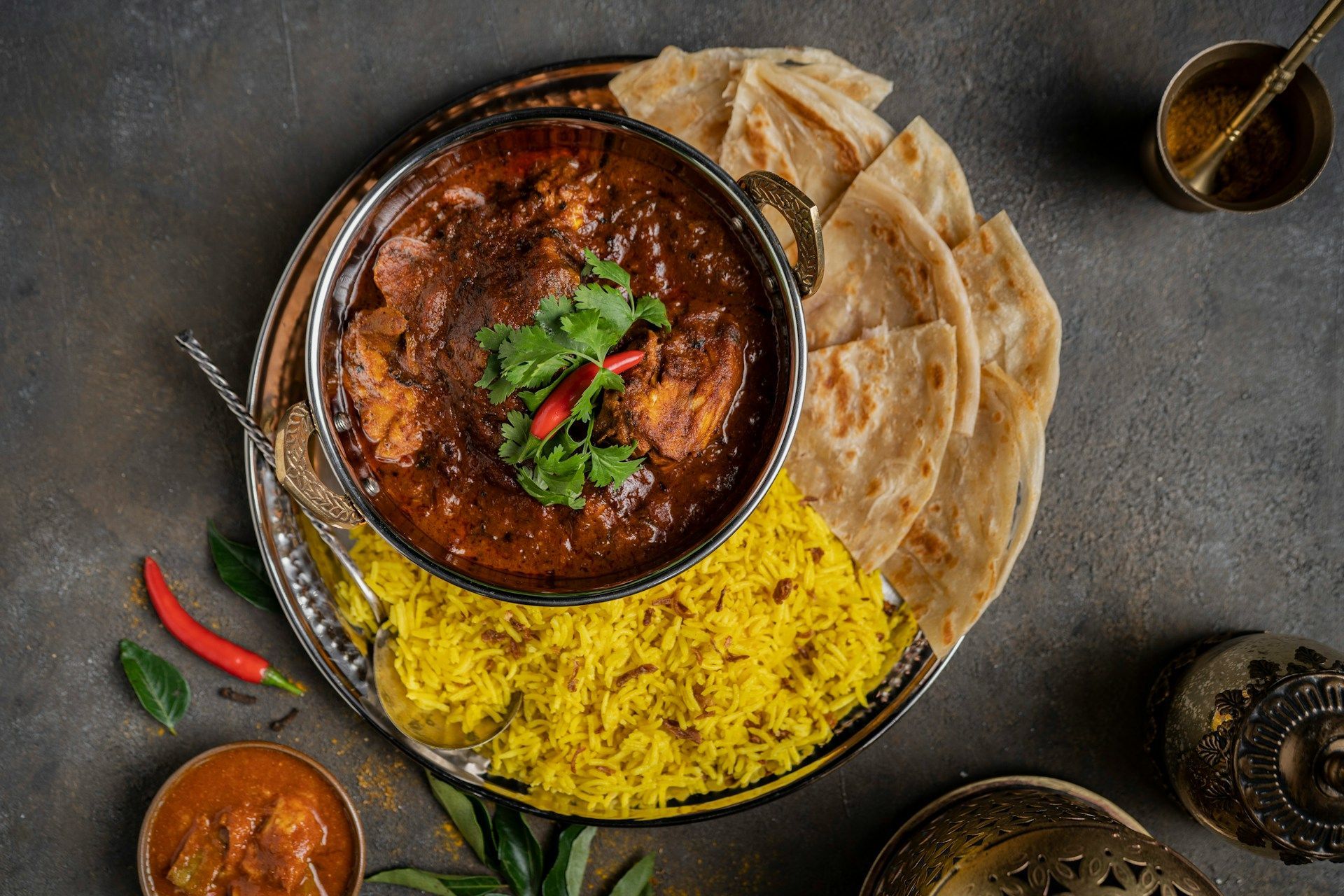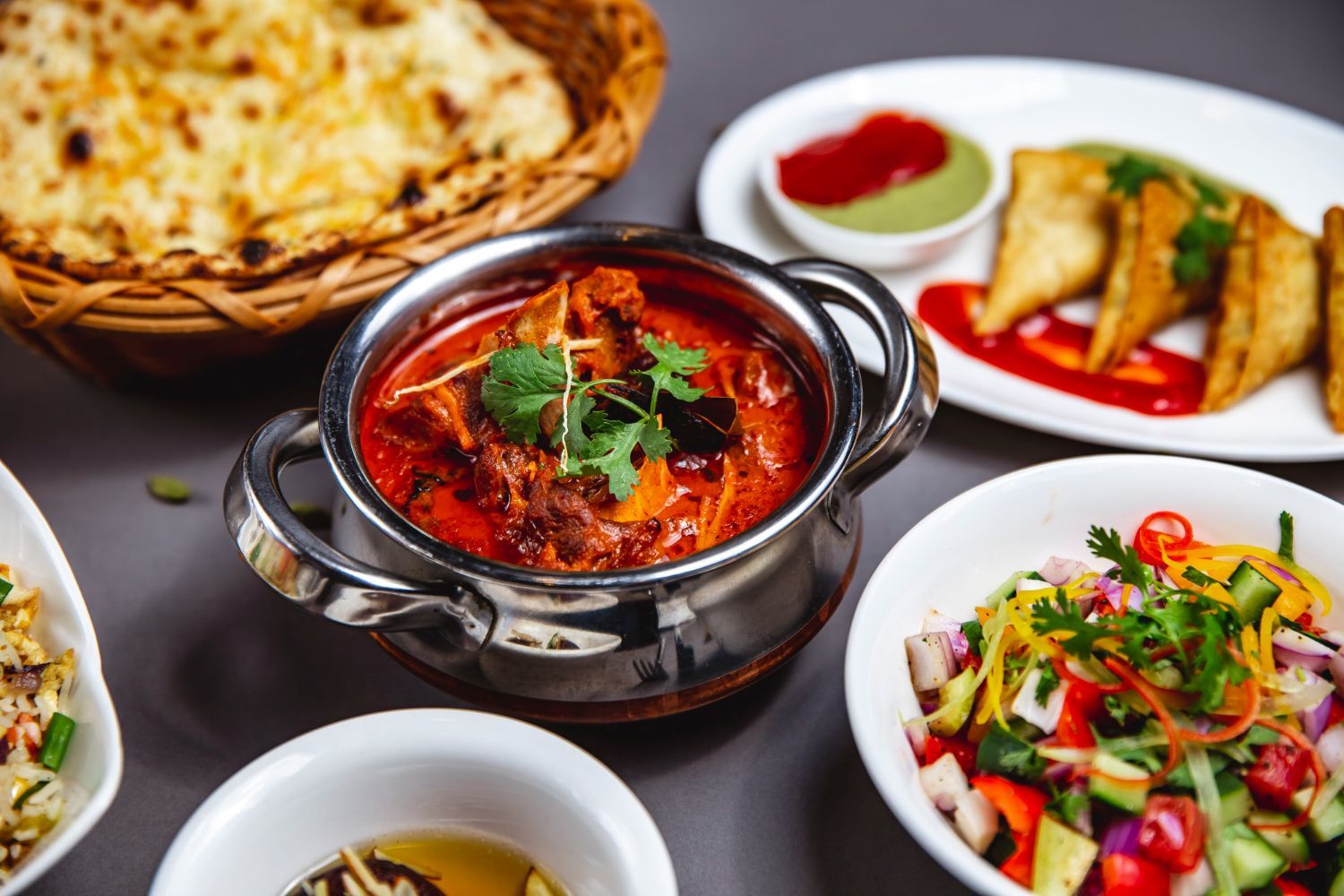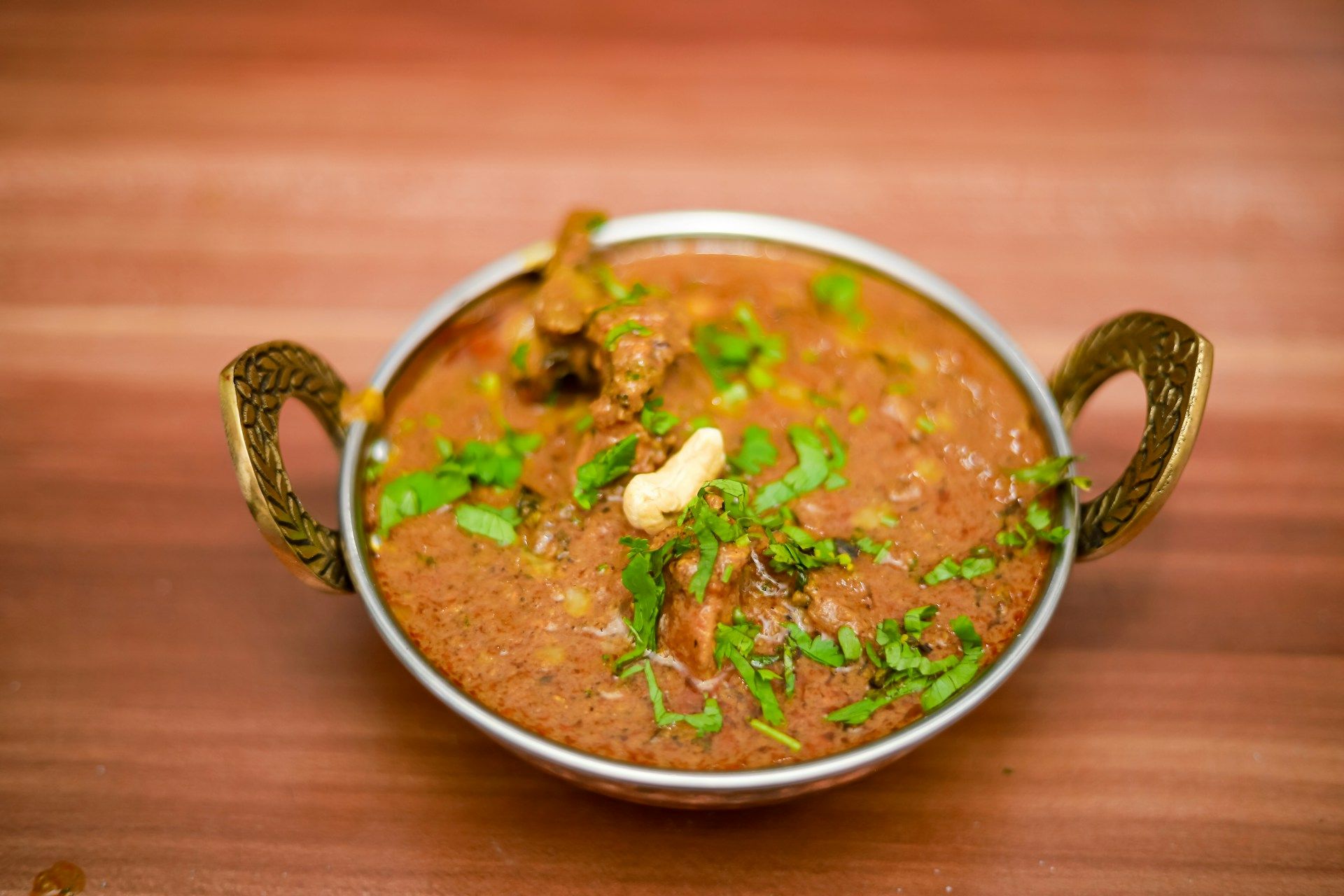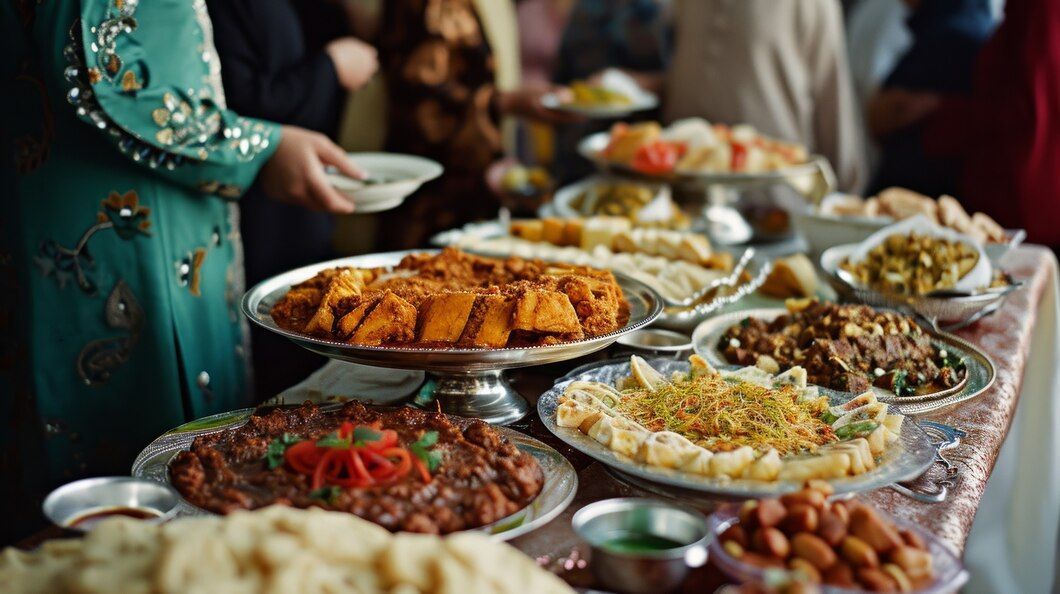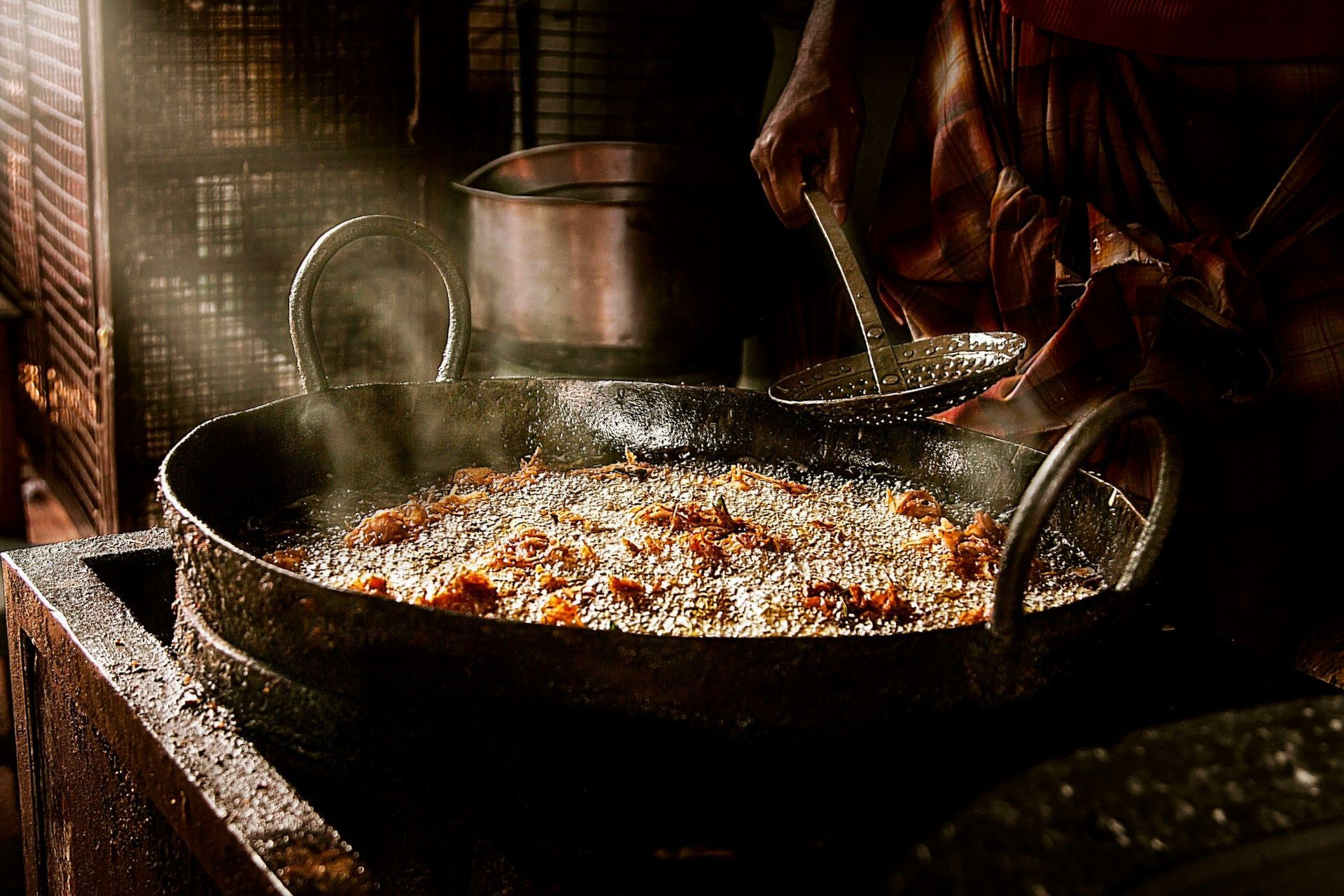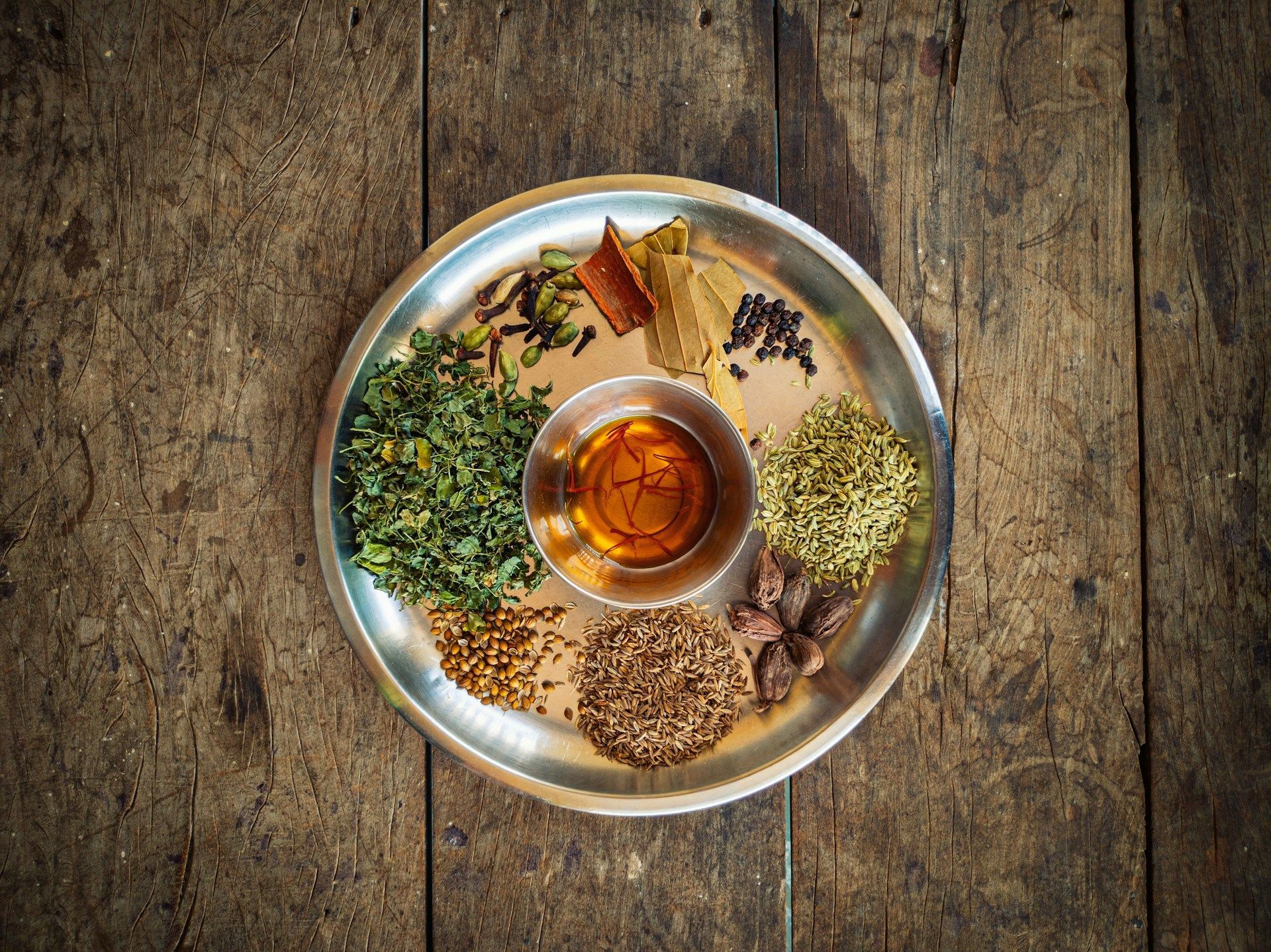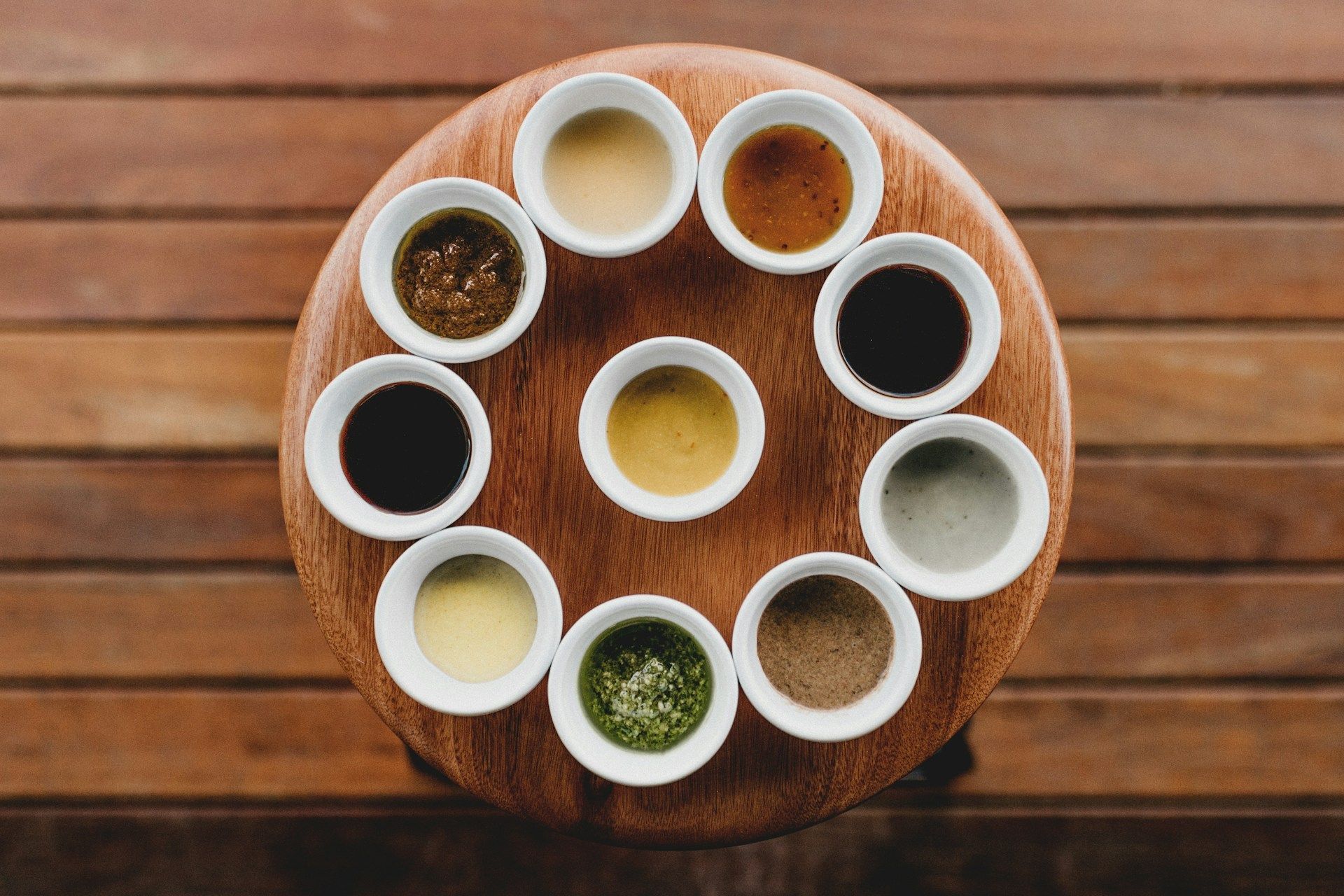Understanding Indian Dining Etiquette
This is a subtitle for your new post
Dining in India is more than just eating; it is a social and cultural experience that carries deep significance. When we gather around the table, we not only share food but also show respect and hospitality. Understanding the proper dining etiquette is important to fully appreciate this tradition. Knowing how to behave at the table demonstrates respect for the culture and the people you are dining with.
Indian dining etiquette involves specific practices that are rooted in centuries-old customs. From the way we serve and eat food to the interactions with our hosts and fellow diners, each action has its own meaning. These traditions help create a warm and welcoming atmosphere, making meals an enjoyable and memorable experience. By following these customs, we show our appreciation for the intricate and delightful world of Indian cuisine and the rich cultural values that accompany it.
The Importance of Dining Etiquette in Indian Culture
Dining etiquette holds a special place in Indian culture. It reflects the deep-rooted values of respect, hospitality, and community. When we observe traditional dining manners, we show appreciation for the food, the host, and the shared experience. These practices are passed down through generations and honoured in both everyday meals and special occasions. Addressing these customs demonstrates our understanding and respect for Indian traditions.
Following proper dining etiquette is vital to maintaining harmony at the table. It ensures everyone enjoys their meal in a comfortable and respectful environment. For instance, showing patience before everyone has been served and beginning the meal together fosters a sense of unity and respect. These etiquette rules create an atmosphere where food is enjoyed, stories are shared, and bonds are strengthened, making every mealtime a celebration of culture and togetherness.
Common Indian Dining Etiquette Rules
Observing dining etiquette is essential for a pleasant dining experience. Here are key practices to keep in mind:
- Use the Right Hand for Eating: In Indian culture, food is traditionally eaten with the right hand. The left hand is considered unclean, so using it to eat or pass dishes is avoided.
- Wait for the Host to Start: Patience is key. Wait for the host to begin eating before you start. This shows respect and gratitude for their hospitality.
- Say "Thank You": Expressing gratitude is important. Thank the person who prepared the meal and those who serve you. This simple gesture acknowledges their effort and kindness.
- Avoid Wasting Food: Serving only what you can finish is a sign of respect for the food and the effort involved in its preparation. It also prevents wastage, aligning with the cultural value of sustainability.
Understanding and practising these rules help us respect the traditions and customs of Indian dining, ensuring a more enjoyable experience for everyone involved. These guidelines may seem small, but they carry significant cultural weight and foster a respectful and enjoyable dining atmosphere.
Navigating a Traditional Indian Dining Setting
Navigating a traditional Indian dining setting comes with its own set of practices and norms. Understanding a typical Indian table setup helps us appreciate the meal more thoroughly. Usually, an Indian table will include various dishes served in small bowls arranged around a larger plate or a banana leaf, depending on the region. Common items on the table include rice, bread, curries, lentil dishes, and various condiments like pickles and chutneys.
To start the meal correctly, follow a step-by-step guide. Begin with some appetisers, typically followed by the main course. Rice and bread (such as naan or roti) are staples that accompany the curries and dals. Use your right hand to serve yourself and eat, as the left hand is considered unclean in Indian culture. Mix a little bit of each dish with rice or place it on your bread for a bite-size portion. This method ensures that you get a taste of every component of the meal and enjoy the balanced flavours that Indian cuisine is known for.
Tips for Dining at an Indian Restaurant
Dining at an Indian restaurant can be a delightful experience if you know how to navigate the menu and interact with the staff. Start by looking through the menu for familiar items or ask the staff for recommendations. They can guide you toward dishes that suit your taste preferences and dietary restrictions. Remember to be open to trying new things; Indian cuisine is rich and diverse, offering flavours that might pleasantly surprise you.
Once you've placed your order, take the time to enjoy your meal without rushing. Indian food is meant to be savoured, each bite offering a mix of different spices and textures. If you're unsure about how to eat certain dishes, don't hesitate to ask the staff for advice. They can provide tips on pairing and eating the food correctly. At the end of your meal, showing gratitude by saying "thank you" in Hindi, "dhanyavaad," adds a personal touch to your dining experience and reflects the respect you have for the cultural traditions.
Final Thoughts
Dining etiquette in Indian culture plays a significant role in reflecting respect and hospitality. From using the right hand for eating to waiting for the host to begin the meal, these practices are deeply rooted in tradition. Understanding and following these rules can enhance your dining experience, making it more authentic and enjoyable.
Ready to experience the charm of Indian dining etiquette firsthand? Visit Tower Tandoori, where you can enjoy a meal that follows traditional Indian customs. Book your table today at Tower Tandoori and immerse yourself in authentic
Indian food in London.

